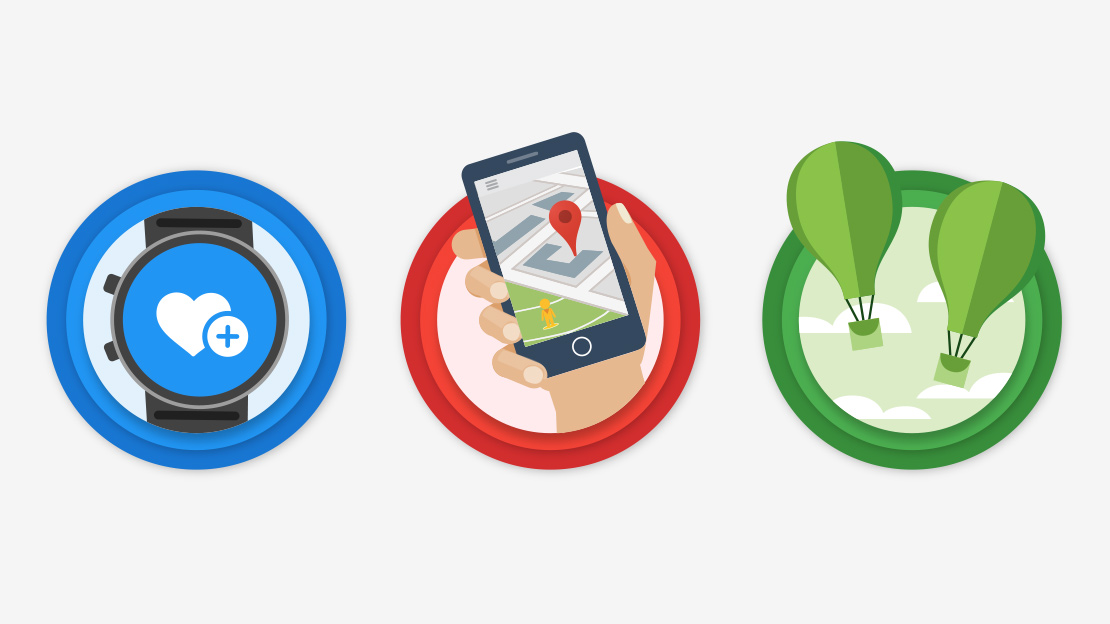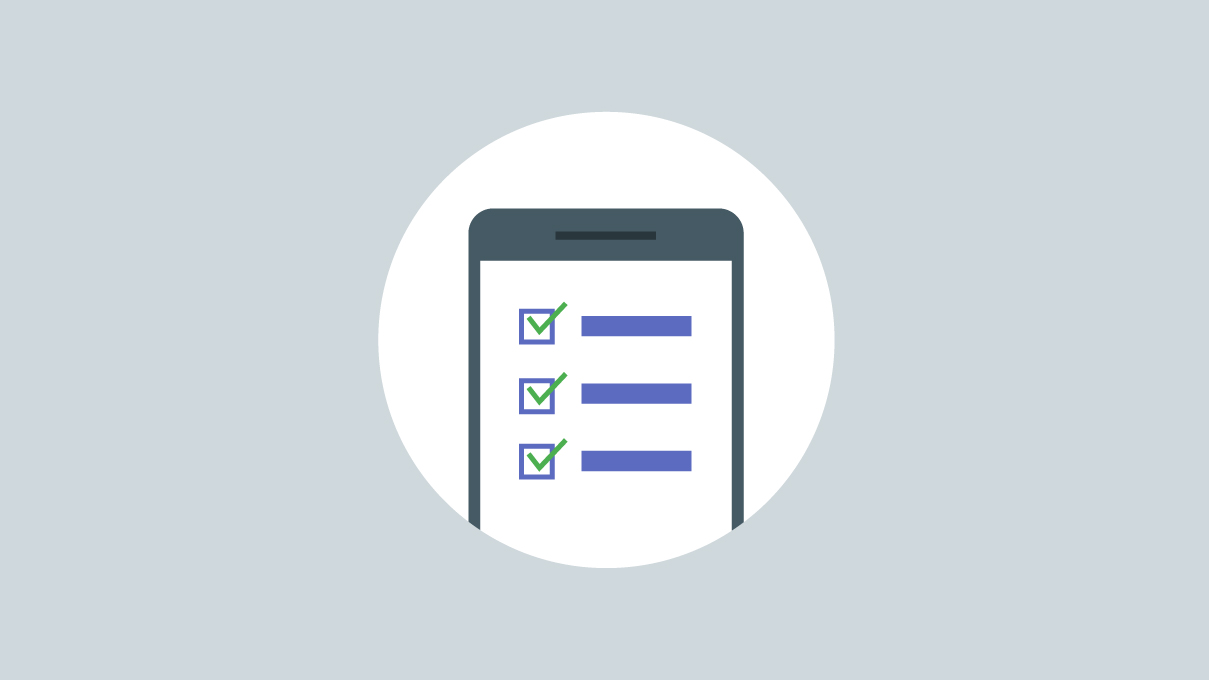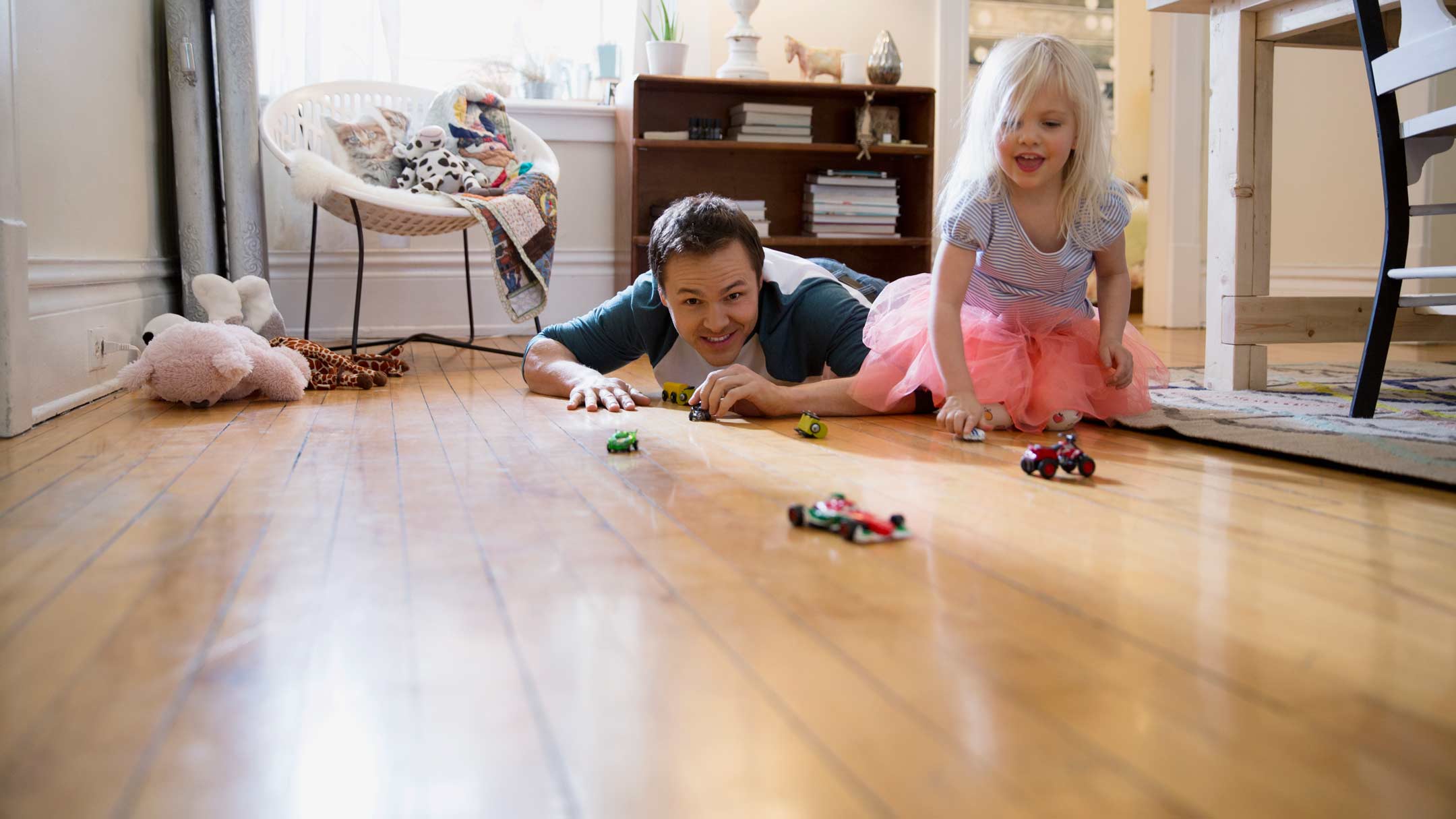Technology used to be some esoteric thing that only those guys in the IT department understood. Today, it pervades nearly every aspect of business, and it's changing faster than you can say "wearable." That's why so many of us go to Vegas every January. On the floor at CES, we take in the latest consumer electronics that'll be hitting the marketplace in the coming year. There are lots of shiny objects, but for smart marketers, it's more about the consumer than the electronics. All these new products and services, taken together, will have a profound impact on our lives— how we consume media, how we make decisions, what we expect from brands. So what will 2015 bring? And how should marketers view it?
Connected "life platforms" are emerging
There's been a lot of buzz over the past few years about the coming "Internet of Things," a catchphrase to describe the plethora of new devices (beyond computers) able to connect to the internet. In 2015, the onslaught of connected devices will accelerate. By the end of the year, more than 4.9B connected devices will be in use globally, a 30% increase over 2014, according to Gartner.
But we don't need a big number to see what is upon us; just think about the things we do every day. As devices proliferate and start to work together, we are seeing the rise of connected platforms that help us with the things we do every day— from entertainment to driving to taking care of our home and our health.
Entertainment is perhaps the first of these areas where connected platforms are emerging. If you live in the U.S., there is a better than 50% chance that your television is connected, according to Leichtman Research Group. And to what are all those TVs connected? Streaming services and, if you have a Google Chromecast or other streaming device, your phone or tablet, making it dead simple to find a video and watch it on the big screen.
We're seeing similar types of platforms in other categories as well. Your appliances, thermostats, smoke alarms, and even coffee maker probably aren't connected now, but if you buy one this year, there's a good chance it will be. And if you are in the market for a new car, you may have an additional choice to make beyond color and trim package: mobile operating system. These let us use our smartphone to navigate, play music, send texts, and more— all through the car's dashboard screen.
This connectivity trend isn't slowing down anytime soon; cheap sensors and hardware will make it easy for sharp inventors to think of dumb things (a frying pan? a soccer ball?) to make smart. There will come a day soon when being connected is a standard feature for virtually everything in your daily life, and these platforms will provide new levels of service and convenience.
The Internet of Me: The smartphone as a true personal assistant
What do all those connected devices connect to? By and large, your smartphone. It's the new remote control— not just for your TV but for your life. As the hub for all devices, it becomes an ever-present assistant dedicated to serving one person: you.
Like any good personal assistant, your phone does its job by understanding your context (where are you? where are you going?) and your intent (what are you looking to do?). It then takes these insights and feeds them to your other devices so that, together, they can create better experiences. It turns the "Internet of Things" into an "Internet of Me"— all with your permission, all to simplify your life.
Businesses are already putting the "Internet of Me" to work. Uber and Lyft use the power of context to transform the simple act of hailing a cab, for example. Starbucks' new mobile ordering app finds your closest store, sends your order there, tells you when it will be ready, and tells you how to get there. But even more impressive is what can happen when the phone is the maestro of a symphony of devices. We'll start to see "if this, then that" logic orchestrating their interactions. Imagine not having to program your thermostat to turn on the heat in the morning; it will talk to your sleep-monitoring wristband and learn to crank it up at the moment you awaken. This isn't about whiz-bang technology; it's about seamless experiences that make our lives easier.
Brands' new mantra: "Getting better all the time"
These trends have broad implications for consumers and the businesses that serve them. Today, people expect to get the answers and services they want, customized precisely for them, in the exact moment that they want and need it—and there are many of these moments. When they are watching a show, movie, or event, people want information (right now!) about the actors or players, as well as the sponsors and products, they see. When they are thinking about buying something, people want to read reviews, find the best price, and see where it's in stock. And when life happens, such as when something breaks or goes wrong, people expect to get the service they need. These quick moments of decision-making happen constantly—and the more connected we are, the better the results will be.
But in 2015, it won't be enough to make life easier in just these moments. The winners will be the ones who use all the information at their disposal to learn and continuously improve so that the next experience isn't just as good as the last but better. Did a customer just have a piece of furniture delivered to his home? Then perhaps when he goes to your website, he is looking for help on how to put it together or ideas for items that will complement it. Is someone experiencing an issue with a product? If well connected, your customer service team should know the problem even before he or she even gets a call.
Tech companies have gotten pretty good at anticipating what's next; think about recommendation engines on shopping sites and streaming services. But now every company has the opportunity to be just as smart. Each device, in fact each customer interaction, is a conduit for learning. The best companies will take advantage of that to be unexpectedly helpful in all the moments that matter.







